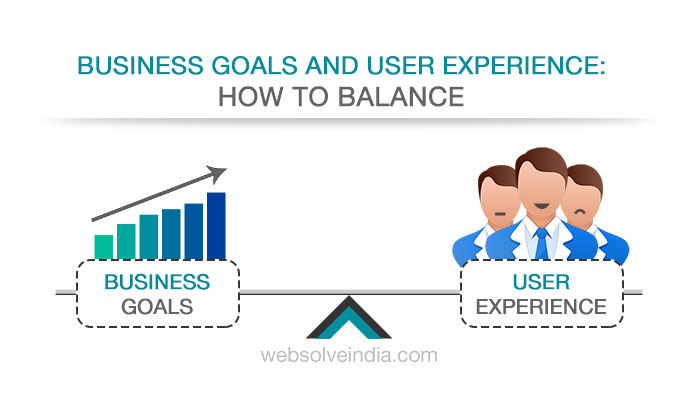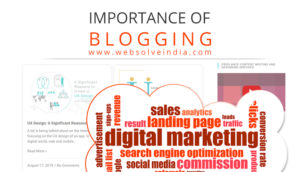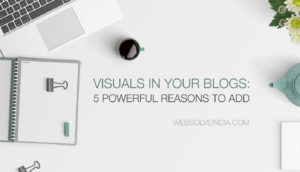What’s the toughest task for a UX designer? They need to ensure that their designs help the business grow while also delivering great user experience. Now, that isn’t as easy as it sounds. Focusing too much on either one can create an imbalance which may be harmful to both. This is why it’s important for the designer to learn balancing out the business goals with the goals of UX design.
How to Achieve a Balance between Business Goals and User Experience?
Before we jump to the balance part, let’s first understand what each of them means. Business objectives refer to what the company expects of the designer to achieve “for the business” through their designs. And UX objectives are the exact specific user experience you intend to achieve through your designs.
A great designer should know how to satisfy both. Here are some best practices to follow which can help in this regard:
Keep the promotion subtle:
Pop-ups on the website page can be quite annoying at times. Most important, if the user fails to directly reach the information they intend to, they’d close the page down. Besides that, they may also move elsewhere for the same information. This means higher lower UX and higher exit rate in an effort to achieve greater company promotion. Instead, focus on keeping the promotion subtle and achieving a better-usable UX design.
User first always:
We talk about striking a balance between the two. However, even top company CEOs opine that user needs should always be prioritised and never compromised to meet company goals. This is because if your design is more company-centric and your users find it unusable, you might lose the latter forever. What’s important is to create a design that syncs the company needs and those of the user perfectly well.
Involve the company too:
The ‘user first’ strategy doesn’t mean pushing the company wishes to the backburner. It may seem convenient of course because it’s hard to design for “happy users” by keeping the business happy too. But you can’t ignore them completely. So, the key is to understand their demands and design such that even users would be satisfied with what they get.
Besides that, provide substantial evidence to your clients, such as data proving that customers aren’t really happy with pop-ups, for instance. They’d understand when they see the figures for themselves. Make them understand what the audience likes better and how tweaking the design slightly can help appease both the parties involved.
Final Thoughts
More often than not, walking the line for the designer is the most difficult. This is because they need to keep both their customers – the company and the user – happy and satisfied. What’s even tougher is that one of the customers is paying them!
However, strive to achieve a design that works in both their favour. For, only when it works for the users would the company derive any benefit from it, right?



